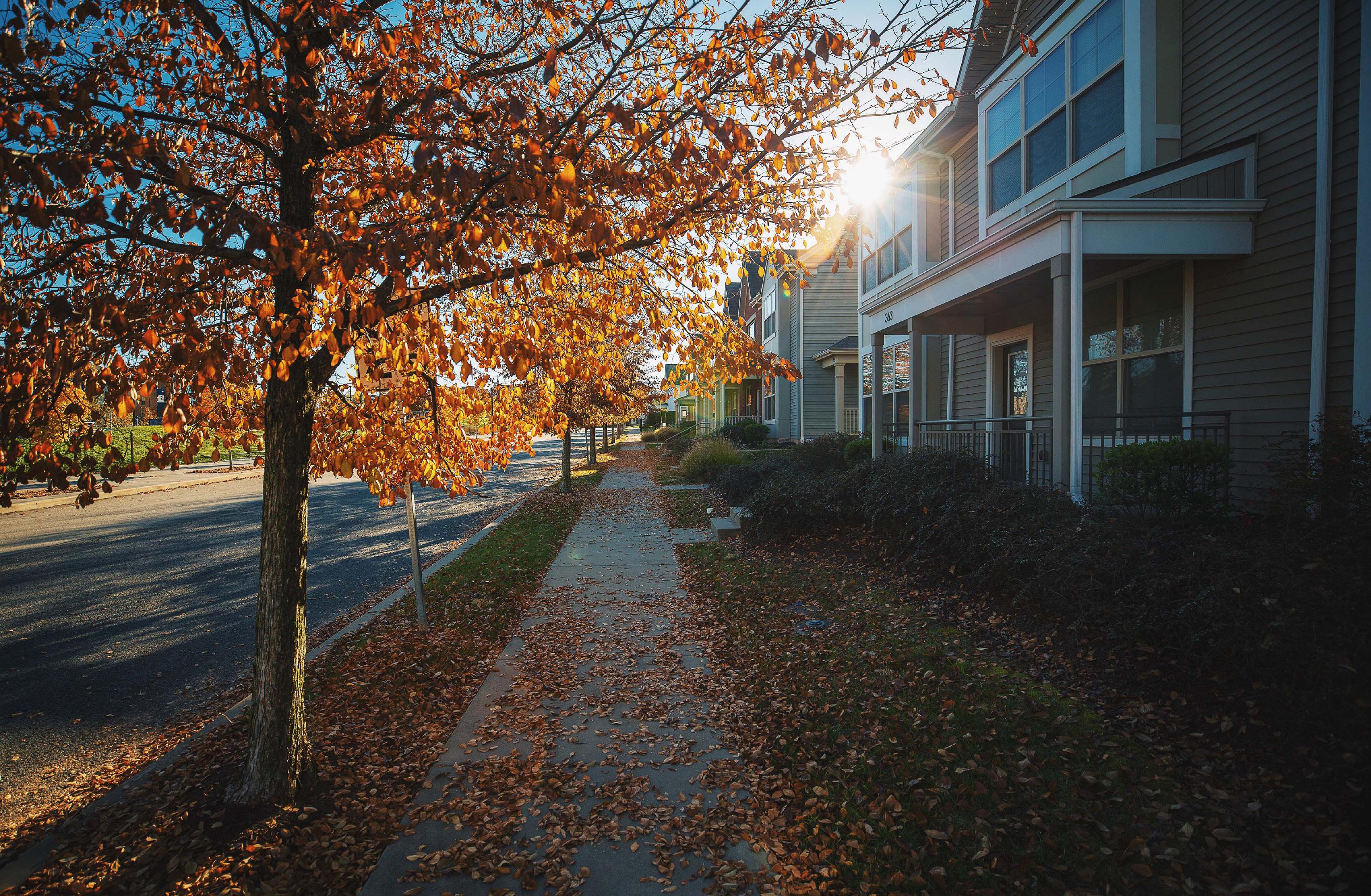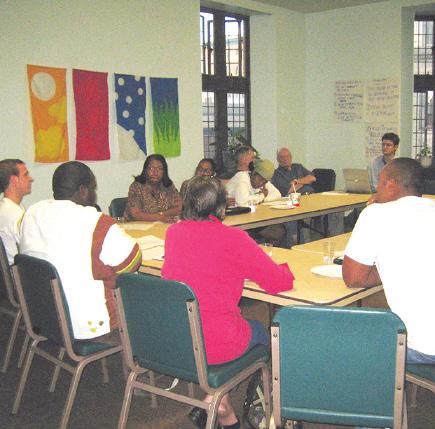
2 minute read
DEVELOPMENT GUIDELINES
decided to come together with the community again to include new and old neighbors and expand and refine our vision in East Liberty’s 2010 Community Plan.
With so much change, new stakeholders, and huge investments in the 2000s, it became apparent that the goals set forth in the 1999 plan were nearing completion. The community needed a revised longterm plan to include new voices and re-evaluate strategies and priorities. Starting in 2007, hundreds of stakeholders from the East Liberty area gathered regularly for two years to create a new document that redefined the community’s goals while not straying from the core principles the community articulated in the late nineties.
The many perspectives incorporated into the new plan reflected the lessons ELDI had learned (see right column).
Staying true to the foundation laid by East Liberty’s long-time residents and stakeholders, this new community plan continued to push towards the ultimate vision of a thriving, self-sustaining, and unique “Town in a City” that meets the needs of everyone who lives, works, plays, worships, or shops in East Liberty.
The neighborhood must ensure that its newfound market potential does not overshadow East Liberty’s uniqueness.
The vibrant history and spirit of the neighborhood must be celebrated.
The neighborhood must grow in greener ways.
2010 Community Plan Themes
Several clear themes emerged in the 2010 plan to guide residents, developers, organizers, and stakeholders towards the community’s goals:
2010 Community Plan Action Steps
Working in eight task forces, community members outlined solutions to the problems facing East Liberty and called for the following primary action steps:
1. NEIGHBORHOOD STABILIZATION
Continue a comprehensive housing strategy that reweaves neighborhood fabric through a variety of mixed-income alternatives to provide housing for all.
2. COMMERCIAL CORE REVITALIZATION
Sustainability
Ensure change is economically viable, benefits community members equitably, and protects our environment.
Collaboration
Address community-wide and regional issues comprehensively with a coordinated vision and strategy.
Information Sharing
Improve neighborhood-wide awareness of programs and services, events, and development plans.
IMAGE & IDENTITY
Encourage a positive perception of East Liberty and pride among community members by improving the look and feel of the neighborhood and celebrating our history and culture.
Reinforce East Liberty’s commercial heart as a unique “Town in a City” that serves both nearby residents and regional markets by providing a mix of national and local products, services, and entertainment.
3. CONNECTIVITY
Improve transportation infrastructure and connectivity to drive development. Priorities include: pedestrian-friendly streetscapes, bicycling amenities, street grid reconnections, intuitive parking, transit-oriented development, and Penn Circle's two-way conversion.
4. GREENING
Prioritize green projects and sustainability in every neighborhood development.
5. WORKFORCE
Unify workforce development initiatives into one comprehensive strategy that addresses employers’ and job seekers’ needs.
6. YOUTH ENGAGEMENT
Engage youth in community decision-making and sharing information about healthy activities. Engage youth with jobs and career preparation. Promote collaboration among youth service providers.
7. COMMUNITY ENGAGEMENT
Improve and create comprehensive systems of collaboration and communication among service providers, neighborhood safety initiatives, small business advocates, block groups, and tenant councils.
East Liberty’s Community Planning Committee: How it Guides Neighborhood Developments
Next to defining a clear plan for the neighborhood, there is another vital part to stewarding the community’s vision: East Liberty’s Community Planning Committee.











